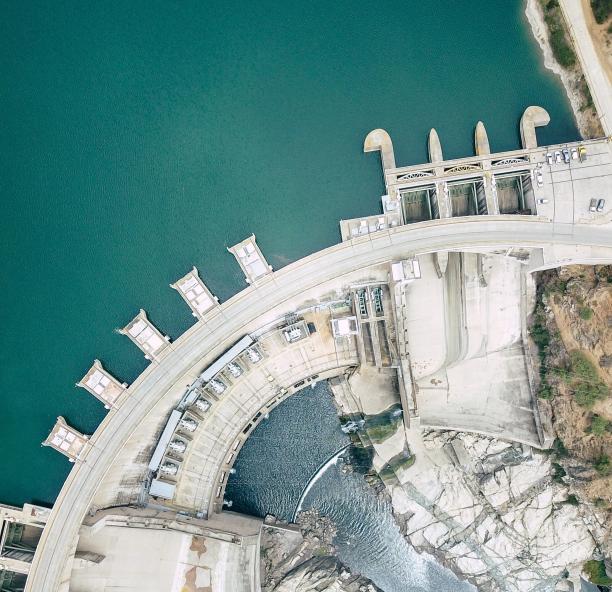Market
Memos from Howard Marks: Nobody Knows (Yet Again)
Private Infrastructure: The New Essential for Investors' Portfolios
Infrastructure underpins the global economy, moving people, goods, commodities, and data to where they are needed. Infrastructure spans numerous sectors, including transportation, renewable power, utilities, midstream and data; with assets such as airports, wind farms and data centers.
The variety of these sectors and assets underscore how infrastructure is evolving from more traditional roads, ports, rail lines, and airports, to cutting edge data centers, fiber networks and renewable power facilities.
Although infrastructure is remarkably diverse, encompassing a range of facilities and projects, the sectors share a set of common characteristics that make them appealing as investments. They deliver essential services, which provides stable cash flow, and have high operating margins. They have high barriers to entry, making it difficult for competitors to enter the market, and typically enjoy long operational lives. In addition, they frequently include contracted or regulated revenues with inflation protection.
Given those shared attributes, infrastructure investing offers a number of benefits: It can help mitigate risk, serve as a hedge against inflation, provide additional income, and help diversify a portfolio. In addition, historically infrastructure has generated strong risk-adjusted returns throughout market cycles—a characteristic rooted in the stable nature of these assets.
The case for infrastructure investing is further bolstered by the fact that the world is in the midst of an “infrastructure super-cycle,” marked by major efforts to modernize these assets. We call the themes driving this trend “The Three Ds”—Digitalization, Decarbonization, and Deglobalization and believe it has enormous implications for the global economy, as well as being a significant opportunity for investors.
A key benefit of infrastructure is its ability to perform well throughout various market cycles, a quality directly related to the stability of these asset values.
With this backdrop in mind, we believe investors should consider adding private infrastructure to their portfolios. Read why in “Private Infrastructure: The New Essential for Investors’ Portfolios,” where we discuss the basics of private infrastructure and its benefits.
Related Articles

Addressing Common Investor Concerns About Alternatives

Five Reasons to Consider Diversifying with Private Markets

Understanding Investors’ Distinct Needs and Identifying Opportunities

Diversifying with Private Markets Seminar

Addressing Common Investor Concerns About Alternatives

Five Reasons to Consider Diversifying with Private Markets

Understanding Investors’ Distinct Needs and Identifying Opportunities
